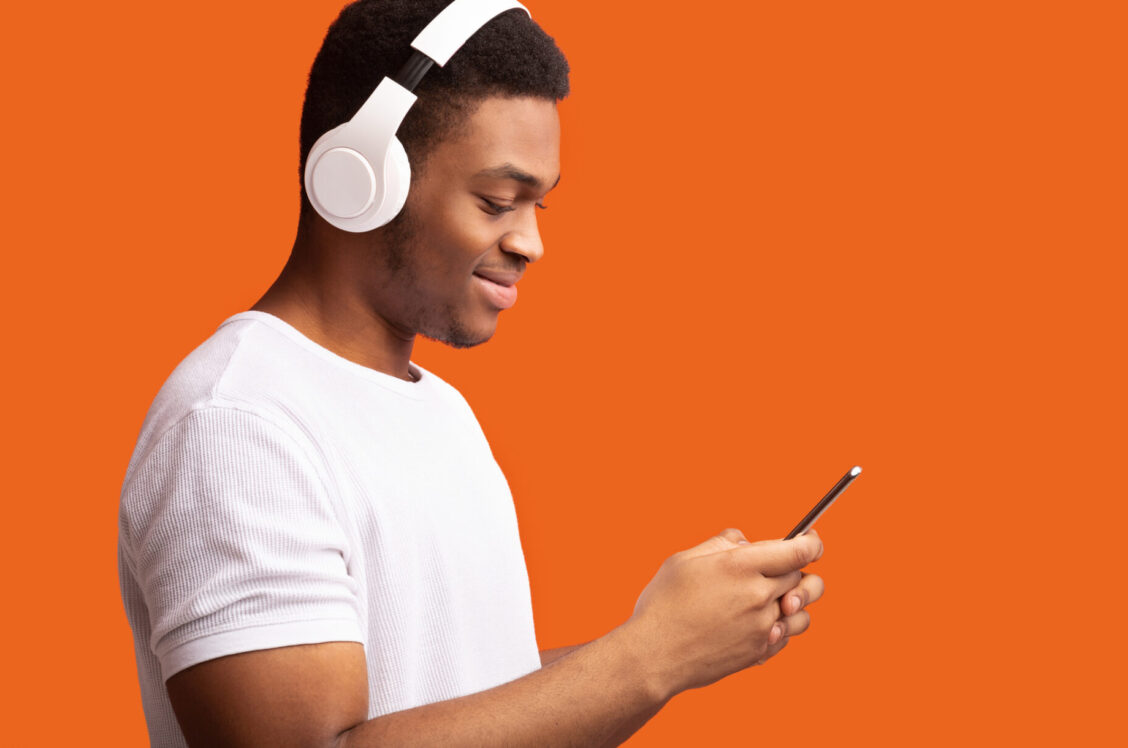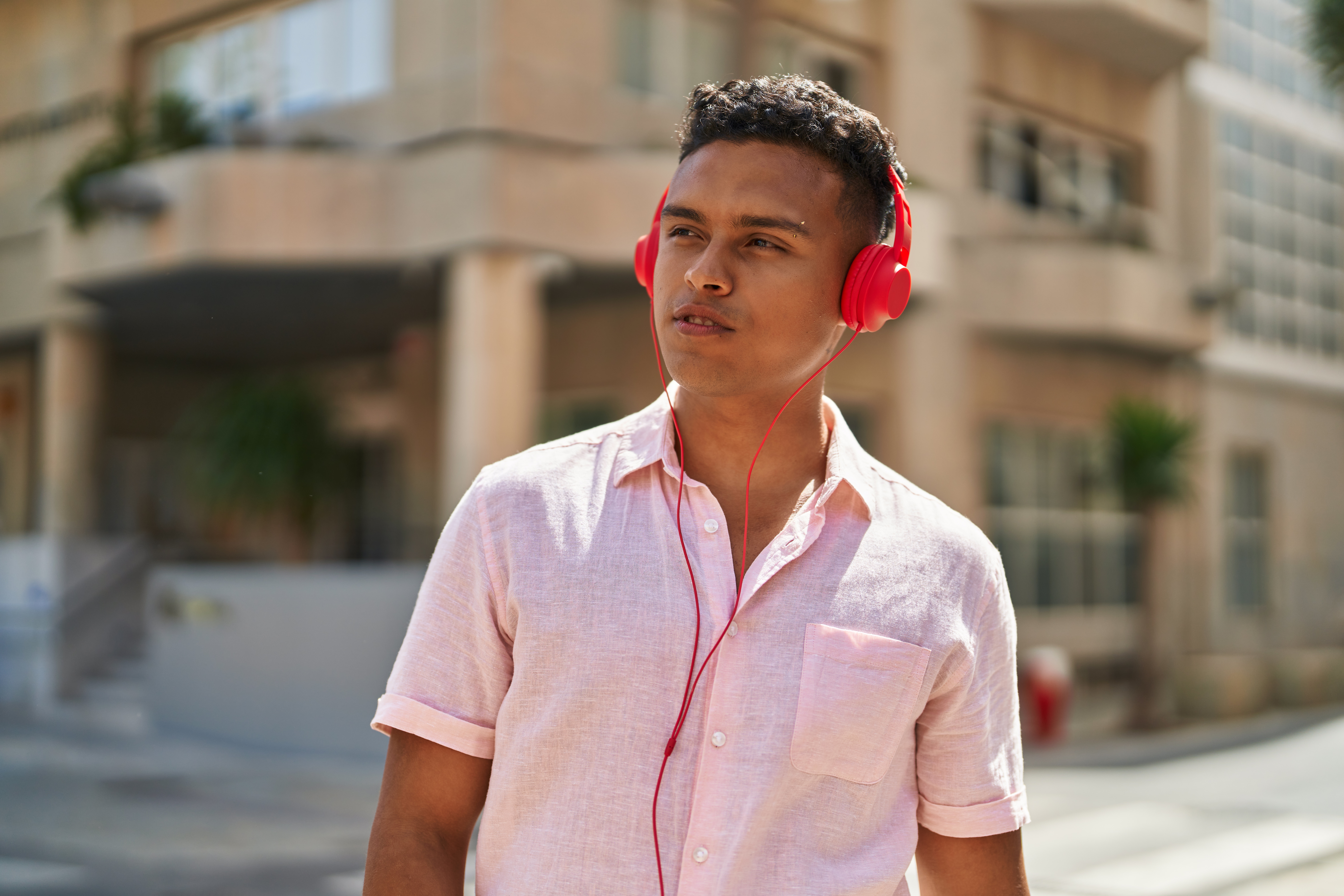
According to Edison Research’s Infinite Dial 2021 report that was released in March, monthly U.S. podcast listenership grew to an astounding 116 million people. The Covid-19 pandemic has certainly accelerated the growth of podcast listening and has left many marketers who are contemplating podcast advertising asking the question: So, who are the people that listen to podcasts anyway?
Let’s start with the basics.
Podcast Listener Demographics
2021 has been a banner year for the increased diversity of the podcast audience: 43% of U.S. men and 39% of women listen to podcasts, which is an all-time-high for female listenership.
And while podcast listeners in the U.S. continue to be predominantly white (57%), both the Hispanic and Asian populations have increased podcasting consumption in the past five years, and now the racial and ethnic makeup of the audience more closely reflects that of the actual diversity of the of U.S. population overall.
• White: 57%
• African-American: 13%
Hispanic: 16%
• Asian: 4%
• Other: 10%
Podcast listeners tend to be younger, early adopters of technology who can be difficult to reach using traditional advertising channels. According to the same report, half of all podcast listeners are aged 12 to 34, with listeners 35+ making up the other half. But don’t be fooled into thinking that podcasts are just a fad for young people. As the listeners themselves age, these age brackets will shift as well. The younger profile has much more to do with their openness to new technology and not necessarily the subject matter or appeal of the content.
This data points to the ability of advertisers to create highly bespoke, yet scalable audio-specific campaigns that engage and onboard listeners to their brands. Targeting and messaging strategies can be based on the readily available information provided by the networks and shows themselves, segmented by show genre and show listener demographics including age, gender, ethnicity and designated marketing area. The execution of the campaign can be done programmatically, which automates targeting based on these characteristics, or manually, which gives the advertiser greater control of show selection and the ability to create live, endorsed brand-reads by the hosts.
Now that we know who these people are, let’s discuss their listening behaviors.
Podcast Listening Behaviors
Advertisers can rest assured that the vast majority of people that tune into a podcast will actually listen to ads, unlike the viewability challenges often associated with digital video. Various sources agree that podcast consumers listen to at least 80% of each episode.
According to a 4,000-person survey, a great deal of podcast listening happens at home, with 90% of participants saying they listen to their favorite podcasts within the comfort of their own homes and 64% of the time in their cars. This type of focused and personal listening can help to drive the efficiency associated with podcast advertising and generate leads.
Advertisers can take advantage of these engaged listeners by creating relationships with podcast hosts, onboarding them to their product or service, having them become enthusiastic brand advocates themselves and leveraging the power of their live endorsement in the context of the show. Incredibly, almost half of podcast consumers surveyed in Edison Research’s Super Listeners 2020 report said they believe that podcast hosts they regularly listen to actually use the products/services mentioned on their podcasts.
As the smart speaker market grows year over year (YOY), it is certainly no surprise that a great deal of this in-home listening is done using an Amazon Alexa or Google Home. This trend has started to encourage “buddy listening” — according to research, 21% of people who listen to podcasts on their smart speakers do so with one or more people. And that has the potential to significantly expand the reach of each podcast episode beyond current estimates. Since podcast reach is calculated using episode downloads, it is very possible with the proliferation of smart speakers that each download could net double or even triple the estimated impressions.
Okay, but do these podcast people engage with other media? What else do we know about them?
Podcast Listener Media Diet
Podcast listeners not only spend time with podcasts — they also engage on social media. This creates an opportunity for brands to build close relationships with show hosts and leverage the power of their multi-platform distribution. This approach can not only increase messaging frequency, but also reach incremental fans who tend to engage with the content on one or two shows specifically and not the show’s entire platform ecosystem.
In summary, it’s pretty clear that the podcast audience will continue to grow, and it’s important to understand who these people are and how best to reach them through advertising. Podcast advertising offers an exciting opportunity to reach these highly desirable “podcast people” who are often difficult to reach through more traditional tactics and can drive incrementality over existing media plans.
Link to original Forbes article.


